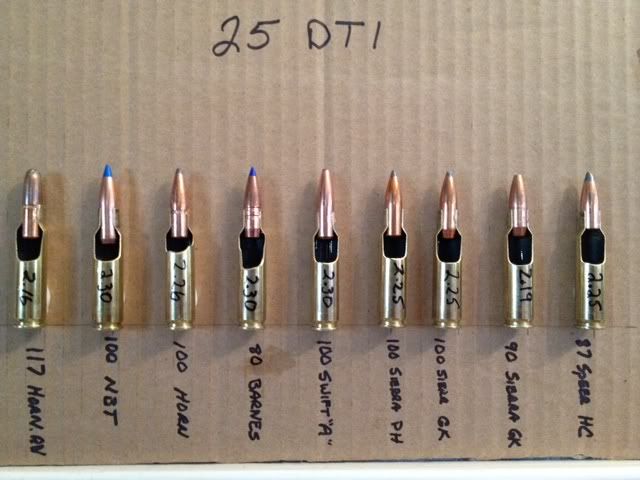Oh, You mean 6ARC?

Yes, that is the cartridge to beat for this.
It feels like shooting a 5.56 to me, and you get flatter trajectory with less recoil, so it’s perfect for CQM/CQB, while making hit probability much higher than 7.62 NATO at distance, with much better supersonic reach as well even comparing 18” barrels to 24” .308 Win.
Retained energy still favors the 175gr M118LR at closer ranges, followed by anything 123-130gr in Grendel, then the 105s-115gr in 6mm, some of which will start to overtake Grendel way downrange.
Recoil/sight picture management is 5.56 > .224 AR > 6mm Grendels (6mm AR, Turbo, Fat Rat, ARC) > 6.5 Grendel > 6.5-08s (.260/6.5CM/6.5x47L) > 7mm-08 > .308 Win/175gr.
Barrier defeat is 7mm-08 154-162gr =/> 139-142gr 6.5-08s > 6.5 Grendel 123-130gr =/> .308 175gr > 6mm Gren 115gr > .224 AR >>> 5.56x45.
You can get overlap for barrier defeat between 7.62 NATO, 6.5 Grendel, 6mm Grendel, and .224 AR depending on projectile construction and weight, but all of them are pretty impressive and substantially superior to 5.56.
The 7mm and heavier 6.5mm bullets have excellent barrier defeat due to momentum and retained energy from the higher BCs.
There is an EPR for 6.5mm but not publicly available.
You can hear the difference in impact loudness on steel between the small bores 6mm and less, vs the 6.5mm and larger. 130gr high BC 6.5mm even from the Grendel hits harder than 168gr .308 due to momentum. 175gr M118LR gives a nice big “DANK” when it hits within 600yds though. 77gr Mk.262 is barely audible sometimes in the wind once you get out there, with not much effect on target.
Then there is the whole angle of soldier’s load and practical round count he can carry. That favors:
5.56 > .224 AR > 6mm Grendel >> 6.5 Grendel >>>>>> 6.5-08 >/= 7mm-08> .308
When you stack several mags in a chest rig or PC + battle belt, you quickly see the difference.
After looking at all the downrange actual performance of the .224 AR, 6mm Grendel, and 6.5 Grendel, you really don’t see a lot of merit in any of the .308-sized cartridges, unless you’re strapped to that logistics chain and then that’s what you get.





